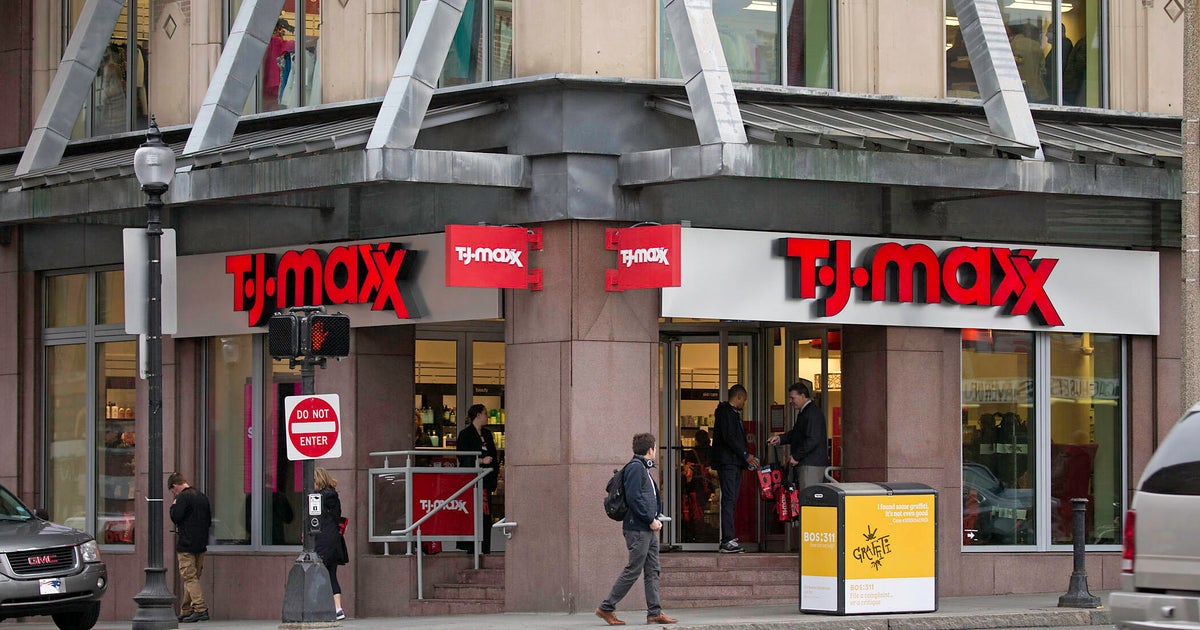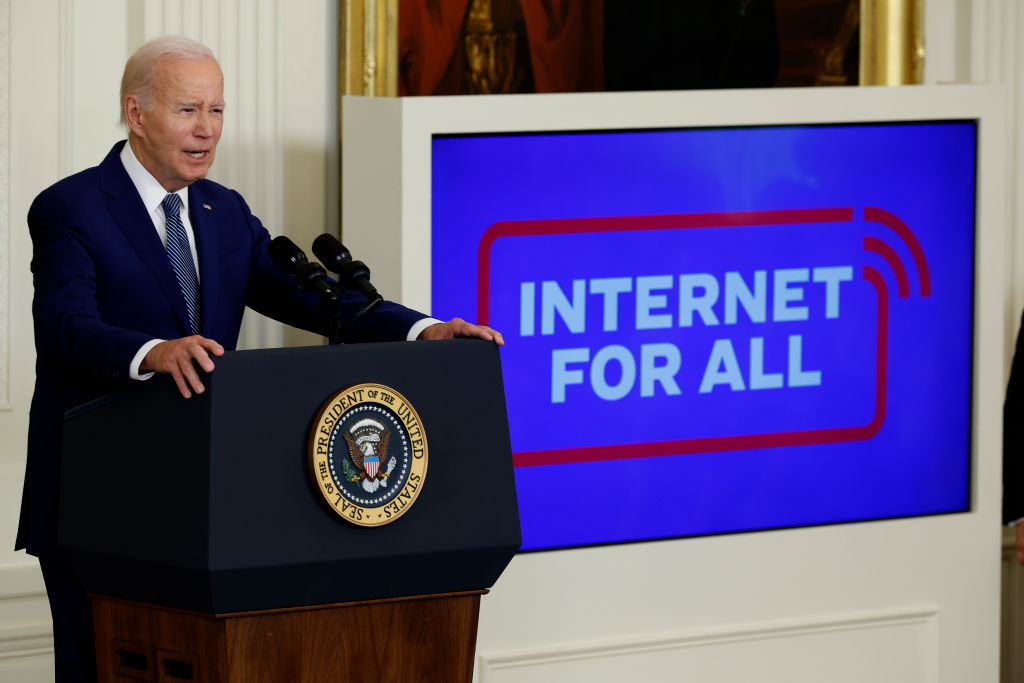Job seekers still want remote jobs — but these roles are drying up
Many Americans still say they prefer to work from home, but not as many employers are as enamored with remote work as they used to be.
Fewer businesses are dangling remote work as an option in their employment ads, according to a new report from professional networking site LinkedIn. And more companies are summoning employees back to their offices as the labor market cools.
In the early days of the pandemic, there were jobs aplenty that allowed workers to do their jobs from home — or any remote location — on a full-time basis. Workers came to rely on the flexibility of remote work to achieve better work-life balance and also handle family and personal obligations.
Workers in a number of industries also gained an upper hand over employers who struggled to attract and retain talent, allowing them to demand higher wages and better benefits — as well as the freedom to forgo commuting to an office.
"So many people started working from home for the first time during the pandemic and they found that they actually really like it," Washington Post reporter Abha Bhattarai told CBS News. "So that's led to this tug-of-war between employers and employees."
She said, "Many workplace are asking workers to come back into the office either because of necessity — because things like schools and gyms, hospitals and hotels need people in person, are opening back up."
As companies relax COVID-19 safety protocols, some are requiring that workers show face at least on occasion in a phenomenon that's been dubbed "the great mismatch."
The push to bring workers back into offices comes as public health officials are raising concerns over a "tripledemic" driven by the simultaneous rise of cases of the flu, Covid-19 and respiratory syncytial virus, or RSV.
Two labor markets
To be sure, millions of jobs never went remote — for instance, service roles in restaurants and hotels need workers show up in person to fulfill their duties. But some employers that had permitted remote work now feel pressure to get their workers back into the seats of offices that they are paying to lease.
That push has "led to remote work being at an even higher premium than it was before," Bhattarai said.
LinkedIn's report declared that are currently two labor markets in the U.S., one for remote work and one for onsite jobs.
"The former is cooling down quickly, and the latter is still tight," the authors of the report concluded.
Remote work listings remain highly attractive
The percentage of remote-job listings on LinkedIn reached a record high of 20% in February, but fell to 14% in October, with about 1 in 7 U.S. job postings allowing for remote work currently.
Applicants are still eager to work from home, despite the slowdown in remote opportunities. Even though there are fewer remote work postings than in-person postings, the former receive more than half of the total applications, according to LinkedIn.
"Hence, workers continue to prize flexibility and work-life balance even as the economic outlook darkens," the report's authors conclude.
Some companies are "remote first" but give workers the option to visit a corporate office as often as they'd like, while others are hybrid, asking that employees show face at least some of the time.
New Twitter owner Elon Musk has taken the opposite tack, ordering workers to spend all of their working hours in the company's offices.
"There is still this ongoing back and forth here and that's possible because the labor market is starting to cool a little bit," Bhattarai said. "For a long time during the pandemic, workers had the upper hand. They were demanding higher wages, they were demanding better benefits, and that's starting to cool down thanks to the Federal Reserve and the slowing economy."





